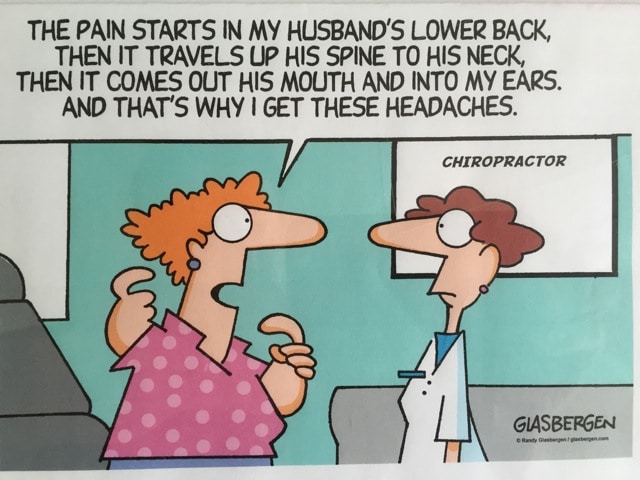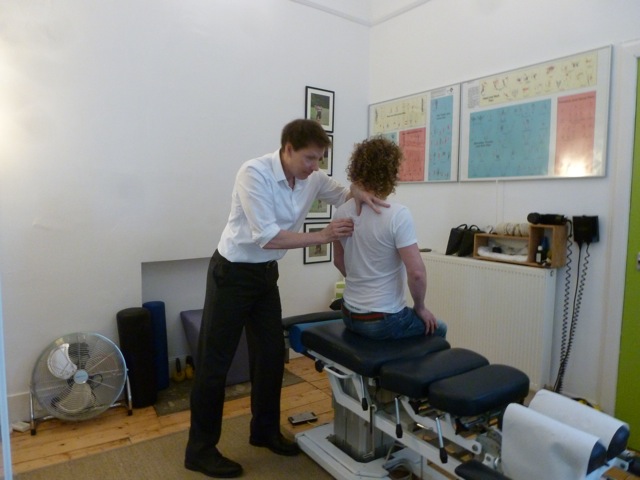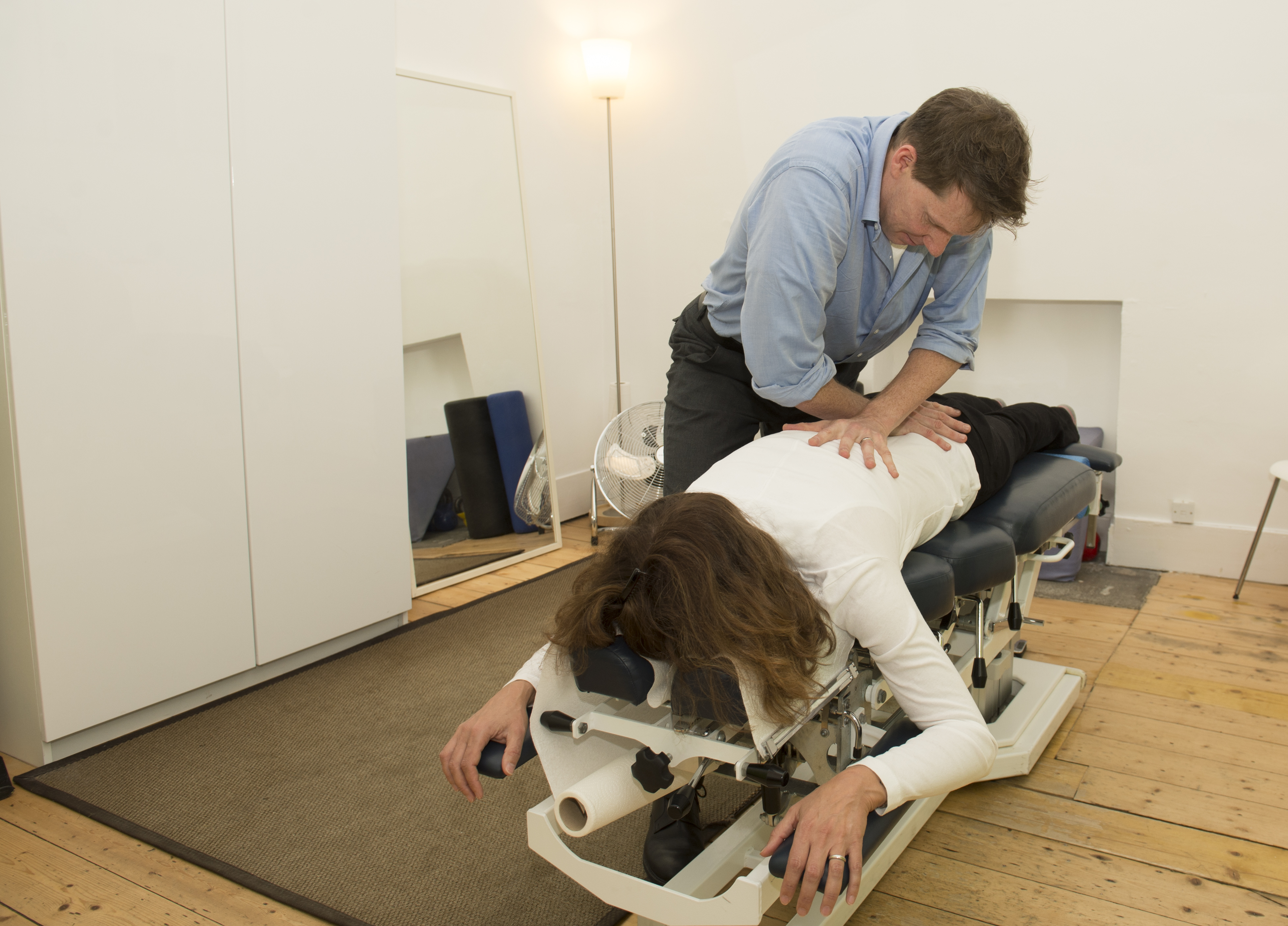Other Treatment
My Approach
My starting point is to view each patient as an individual with their own unique set of symptoms whilst working to understand the underlying cause(s) of the presenting condition.
Read MoreWhat to Expect
Communication and cooperation leading to mutual trust and working together are the key factors in moving forward.
Read More



